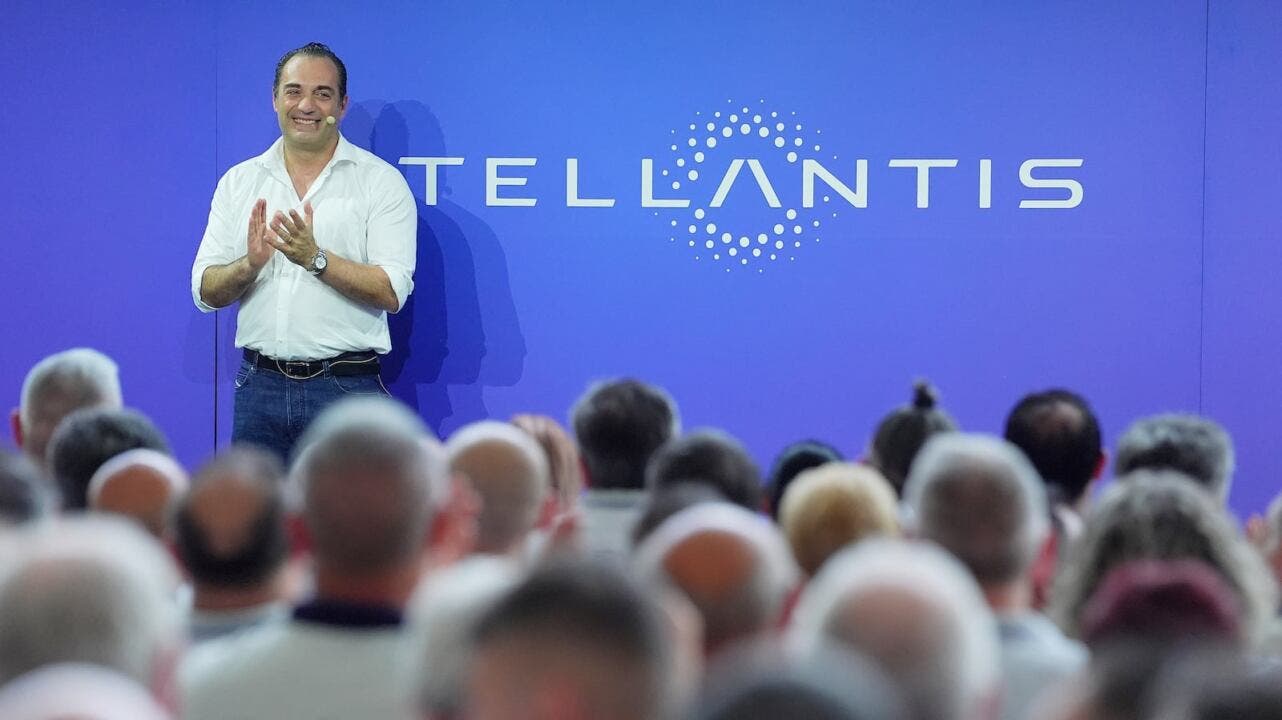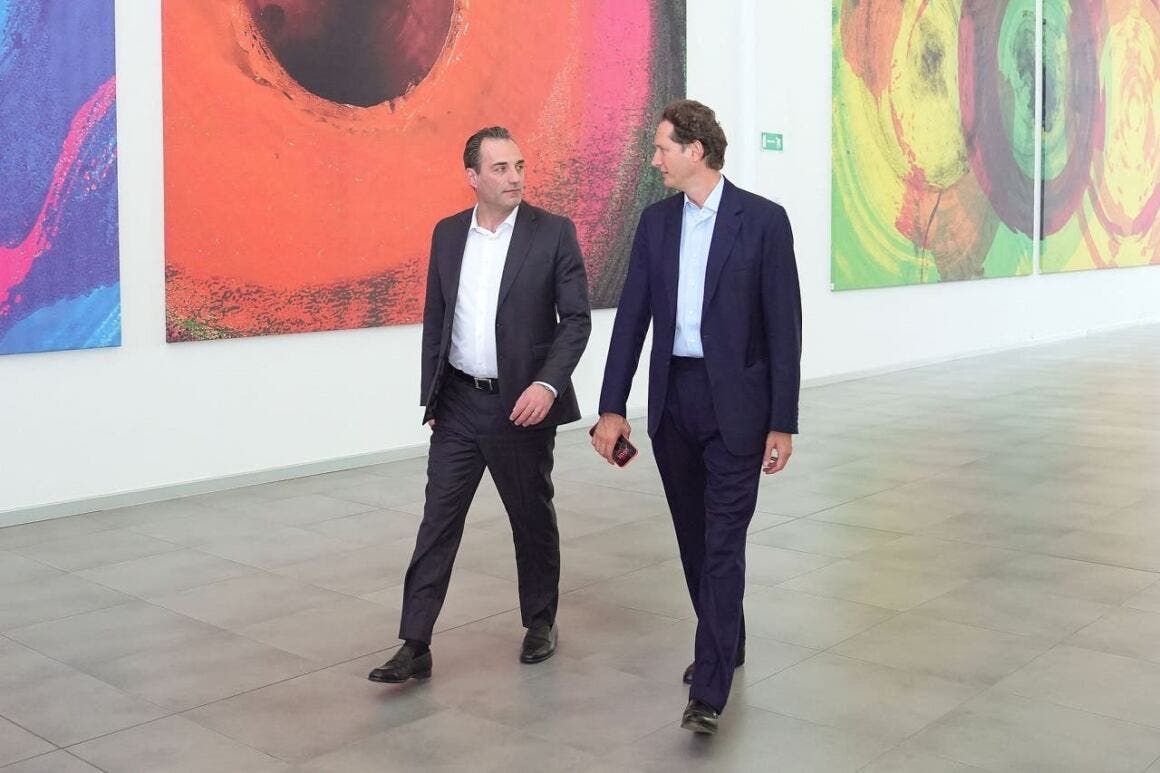After Carlos Tavares stepped down, John Elkann personally took charge of managing relations with governments and international institutions. It was a strategic move in a context dominated by electrification, new environmental regulations, and growing Chinese pressure. For Stellantis, maintaining a strong presence at political tables where incentives, regulations, and investments are decided has become crucial. As one source close to the chairman put it, “the future of the automobile is also written in the halls of politics.”
John Elkann and Antonio Filosa: steering Stellantis through politics, markets, and an uncertain future

Since June 2025, the group’s operational leadership has been entrusted to Antonio Filosa, a longtime Fiat manager with more than 20 years of experience in the industry. His profile differs from Tavares’, as he favors a more mediating approach. His role is to ensure stability and continuity across the group’s 14 brands, while keeping the focus on production, efficiency, and product development.
The division of responsibilities between Elkann and Filosa marks a return to a more traditional governance model: the chairman defines the strategic vision, while the CEO handles day-to-day operations. It is also a clear sign that the Agnelli family has no intention of losing control over the group’s direction.
This arrangement, however, has stirred some discontent in France, which wants greater influence, especially to prevent further plant closures on French soil. Within the company, some believe that the current balance is only temporary.

Stellantis now enters a delicate phase. Elkann and Filosa must manage the most complex transformation in automotive history, balancing political pressure, market dynamics, and shareholder expectations. Nothing has been decided yet, but future scenarios are already being discussed inside the group: from the sale of certain brands to a potential separation of European and American operations. For now, these are only hypotheses, but they highlight both the uncertainty of a rapidly changing industry and Stellantis’ determination to keep all options open to protect competitiveness and financial strength. More clarity will come in early 2026, when Stellantis unveils its new industrial plan.
